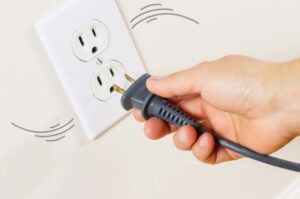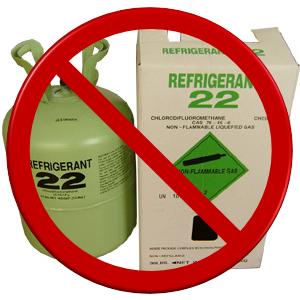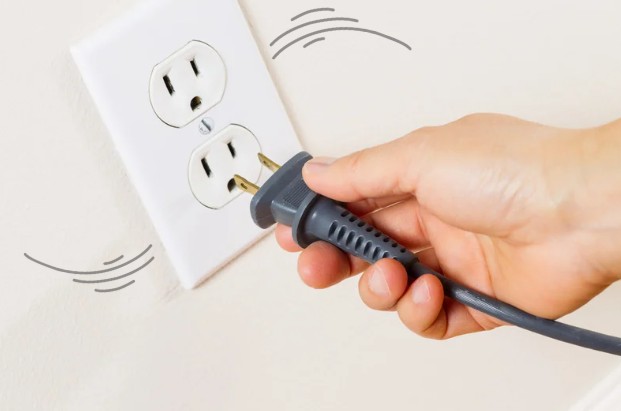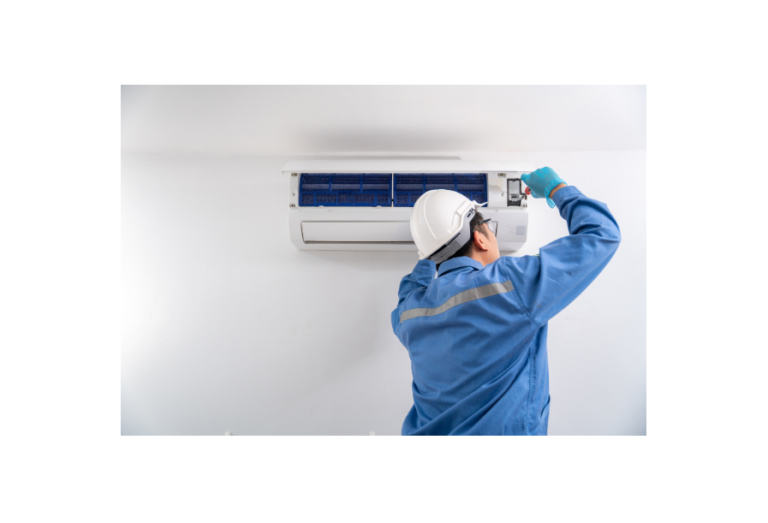
“All water heaters will eventually leak”
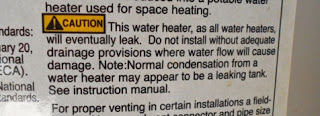
Most water heaters are properly installed however, there are many cases where seemingly small details are missed that can end up causing bigger problems. Fortunately there are standards for proper installation and when followed your inspector should be able to give your water heater a clean bill of health. Here are a few common concerns
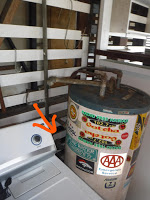
NO SHUT-OFF VALVE – …Or the shut of valve is not accessible. Like any other plumbing appliance, a shut-off valve is required and it should be placed on the cold water side. But just because it’s visible doesn’t mean it’s properly placed. It must be “readily accessible” and operable in case of emergency.

UNPROTECTED ELECTRICAL CONNECTIONS – A relatively common problem is found at the heater connection; conductors should be secured and all connections should be made within the heater or an approved junction box
TPR VALVE DRAIN PIPE – TPR stands for Temperature and Pressure Relief. The TPR Valve device relieves pressure in cases where the thermostat fails and the water within the tank becomes super heated. It does this by releasing the super heated water through the valve typically installed on the top or side near the top of the tank. Thus the drain pipe is a critical component to this device as one would not want the scalding water shooting into the room at head level. It is oddly common to find these overflow pipes improperly installed, improperly used materials, too short or never installed pipes. The widely accepted standard is a metal (or approved material) continuous pipe to be installed from the TPR valve to a height, no less than 6 inches from the floor. Ideally this might include a catch pan that would then drain to the exterior.
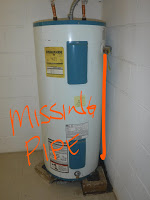
Missing pipe extension 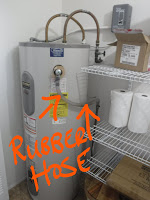
Rubber will melt 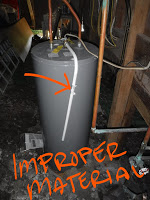
PVC will melt
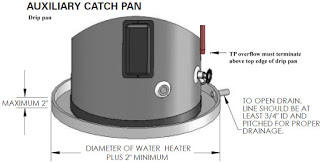
NO CATCH PAN UNDER WATER HEATER – A watertight and corrosion-resistant pan is what we look for when a water heater is installed above the ground level of a house or condo. Water heaters are considered a relatively common source of leak damage. Ideally a drain pipe from the pan would terminate at the exterior but not into the plumbing waste lines

WATER HEATER NOT READILY ACCESSIBLE – Because most water heaters have a statistical life span of about 15 years on average (although many last much longer) it is an important component of the home inspection process. To properly evaluate this appliance all encumbrances, i.e.; stored belongings, locked doors, built in place enclosures, screw fastened and painted over cabinets or walls should be removed before the inspector arrives. In some cases permission should be obtained from the sellers to dismantle these obstructions with the knowledge that some damage may be caused. Otherwise, the J1 can be delayed and extra costs may be incurred from re-inspections. We provide emails to our agents reminding them of these conditions prior to every inspection
There are many other conditions that may come up during an inspection but these are a beginning. We will discuss the many types, age related concerns and different energy choices in future water heater articles.

